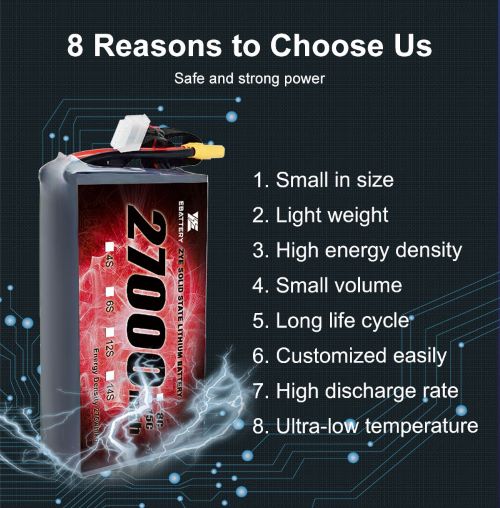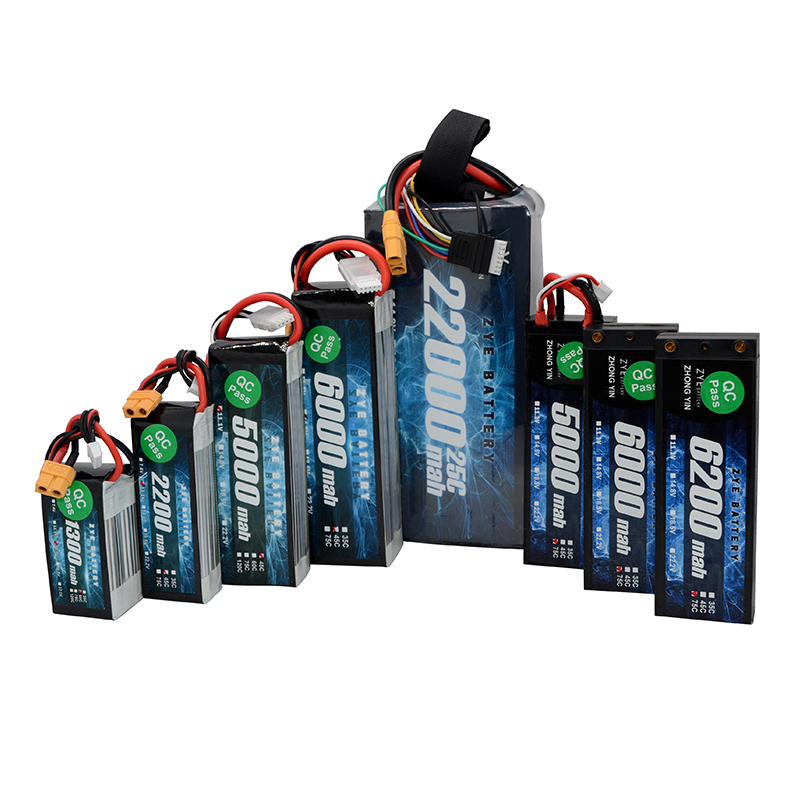Thick electrode designs: Trade-offs between energy density and power output
The thickness of electrode layers in semi-solid state batteries plays a significant role in determining their overall performance. Thicker electrodes can potentially increase energy density, as they allow for more active material to be packed into a given volume. However, this comes with certain trade-offs that need to be carefully considered.
Energy density is a crucial factor in battery design, especially for applications like electric vehicles where range is a primary concern. Thicker electrodes can theoretically store more energy, but they also present challenges in terms of ion transport and electrical conductivity. As the electrode thickness increases, the distance that ions need to travel also increases, potentially leading to higher internal resistance and reduced power output.
Researchers are exploring various strategies to optimize the thickness of semi-solid state battery layers while maintaining a balance between energy density and power output. Some approaches include:
1. Developing novel electrode architectures that facilitate ion transport
2. Incorporating conductive additives to improve electrical conductivity
3. Using advanced manufacturing techniques to create porous structures within thicker electrodes
4. Implementing gradient designs that vary the composition and density across the electrode thickness
These strategies aim to push the boundaries of electrode thickness while mitigating the negative impacts on power performance. The optimal thickness for semi-solid state battery layers will ultimately depend on the specific application requirements and the trade-offs between energy density, power output, and manufacturing feasibility.
How does viscosity affect manufacturability of thick semi-solid layers?
Viscosity is a critical parameter in the production of semi-solid state battery layers, particularly when aiming for thicker electrodes. The semi-solid nature of these materials presents unique challenges and opportunities in the manufacturing process.
Unlike traditional liquid electrolytes or solid-state materials, semi-solid electrolytes and electrode materials have a paste-like consistency. This property allows for potentially simpler manufacturing processes compared to solid-state batteries, but it also introduces complexities when dealing with thicker layers.
The viscosity of semi-solid materials can impact several aspects of the manufacturing process:
1. Deposition and coating: The ability to uniformly apply thick layers of semi-solid material onto current collectors depends heavily on the material's viscosity. Too low viscosity can lead to uneven distribution, while excessively high viscosity may cause difficulties in achieving the desired thickness.
2. Porosity control: The viscosity of the semi-solid mixture influences the formation of pores within the electrode structure. Proper porosity is essential for ion transport and electrolyte penetration.
3. Drying and curing: The rate at which solvents can be removed from thicker layers is affected by the material's viscosity, potentially impacting production speed and energy requirements.
4. Interfacial contact: Achieving good contact between the semi-solid electrolyte and electrode materials is crucial for battery performance. The viscosity of these materials plays a role in how well they can conform to each other's surfaces.
To address these challenges, researchers and manufacturers are exploring various approaches:
1. Rheology modifiers: Additives that can fine-tune the viscosity of semi-solid materials to optimize manufacturability without compromising performance.
2. Advanced deposition techniques: Methods such as 3D printing or tape casting that can handle materials with varying viscosities and achieve precise thickness control.
3. In-situ polymerization: Processes that allow for the formation of the semi-solid structure after deposition, potentially enabling thicker layers.
4. Gradient structures: Creating layers with varying viscosity and composition to optimize both manufacturability and performance.
The ability to manufacture thick, uniform layers of semi-solid materials is crucial for realizing the full potential of semi-solid state batteries. As research progresses, we can expect to see innovations in both materials and manufacturing processes that push the boundaries of achievable layer thickness.

Comparing layer thickness in semi-solid vs. traditional lithium-ion batteries
When comparing the layer thickness capabilities of semi-solid state batteries to traditional lithium-ion batteries, several key differences emerge. These differences stem from the unique properties of semi-solid materials and their impact on battery design and performance.
Traditional lithium-ion batteries typically have electrode thicknesses ranging from 50 to 100 micrometers. This limitation is primarily due to the need for efficient ion transport through the liquid electrolyte and within the porous electrode structure. Increasing the thickness beyond this range often leads to significant performance degradation in terms of power output and cycle life.
Semi-solid state batteries, on the other hand, have the potential to achieve greater electrode thicknesses. Some of the factors that contribute to this potential include:
1. Enhanced mechanical stability: The semi-solid nature of the materials provides better structural integrity, potentially allowing for thicker layers without compromising physical stability.
2. Reduced risk of dendrite formation: Thicker semi-solid electrolyte layers can potentially provide better protection against lithium dendrite growth, a common issue in traditional lithium-ion batteries.
3. Improved interfacial contact: The paste-like consistency of semi-solid materials can lead to better contact between electrodes and electrolyte, even in thicker layers.
4. Potential for higher ionic conductivity: Depending on the specific composition, some semi-solid electrolytes may offer better ionic conductivity than liquid electrolytes, facilitating ion transport in thicker layers.
While the exact thickness achievable in semi-solid state batteries is still a subject of ongoing research, some studies have reported electrode thicknesses exceeding 300 micrometers while maintaining good performance. This represents a significant increase compared to traditional lithium-ion batteries.
However, it's important to note that the optimal thickness for semi-solid state battery layers will depend on various factors, including:
1. Specific material properties of the semi-solid electrolyte and electrodes
2. Intended application (e.g., high energy density vs. high power output)
3. Manufacturing capabilities and constraints
4. Overall cell design and architecture
As research in semi-solid state battery technology progresses, we can expect to see further improvements in achievable layer thicknesses. This could lead to batteries with higher energy densities and potentially simplified manufacturing processes compared to both traditional lithium-ion and fully solid-state batteries.
The development of thicker electrode and electrolyte layers in semi-solid state batteries represents a promising avenue for advancing energy storage technology. By carefully balancing the trade-offs between energy density, power output, and manufacturability, researchers and engineers are working towards batteries that can meet the growing demands of various applications, from electric vehicles to grid-scale energy storage.
As we continue to push the boundaries of what's possible with semi-solid state batteries, it's clear that layer thickness will remain a crucial parameter in optimizing their performance and manufacturability. The ability to achieve thicker, yet highly functional layers could be a key factor in determining the success of this technology in the competitive landscape of next-generation energy storage solutions.
Conclusion
The quest for optimal layer thickness in semi-solid state batteries is an exciting area of research with significant implications for the future of energy storage. As we've explored, the ability to create thicker electrode and electrolyte layers while maintaining high performance could lead to batteries with improved energy density and potentially simplified manufacturing processes.
If you're interested in staying at the forefront of battery technology, consider exploring the innovative solutions offered by Ebattery. Our team is dedicated to pushing the boundaries of energy storage, including advancements in semi-solid state battery technology. To learn more about our cutting-edge products and how they can benefit your applications, please don't hesitate to reach out to us at cathy@zyepower.com. Let's power the future together!
References
1. Zhang, L., et al. (2022). "Advances in Semi-Solid State Battery Technology: A Comprehensive Review." Journal of Energy Storage, 45, 103-115.
2. Chen, Y., et al. (2021). "Thick Electrode Design for High-Energy Density Semi-Solid State Batteries." Nature Energy, 6(7), 661-669.
3. Wang, H., et al. (2023). "Manufacturing Challenges and Solutions for Semi-Solid State Battery Electrodes." Advanced Materials, 35(12), 2200987.
4. Liu, J., et al. (2022). "Comparative Analysis of Layer Thickness in Next-Generation Battery Technologies." Energy & Environmental Science, 15(4), 1589-1602.
5. Takada, K. (2021). "Progress in Semi-Solid and Solid-State Battery Research: From Materials to Cell Architecture." ACS Energy Letters, 6(5), 1939-1949.
























































